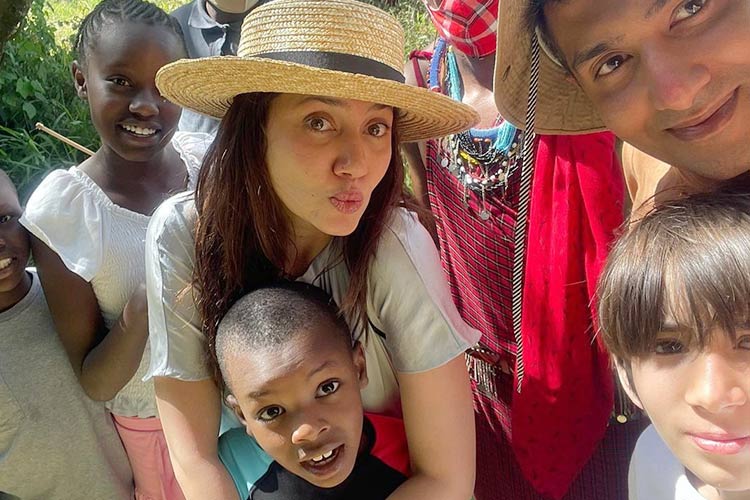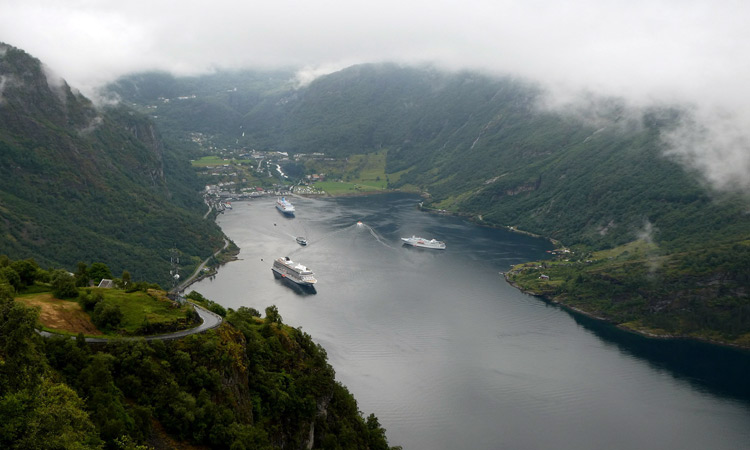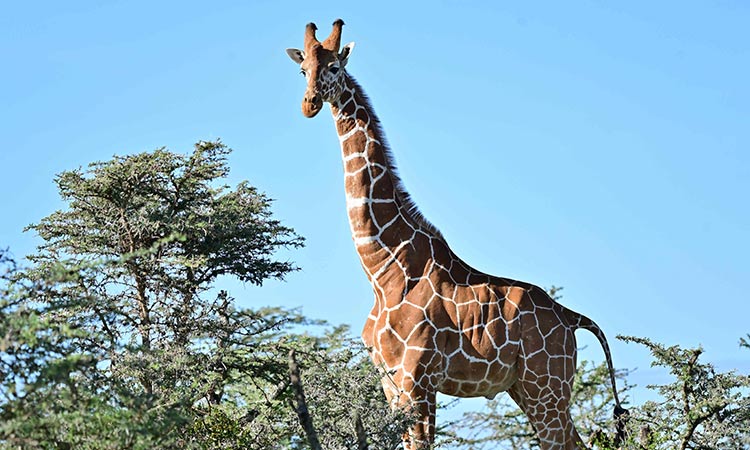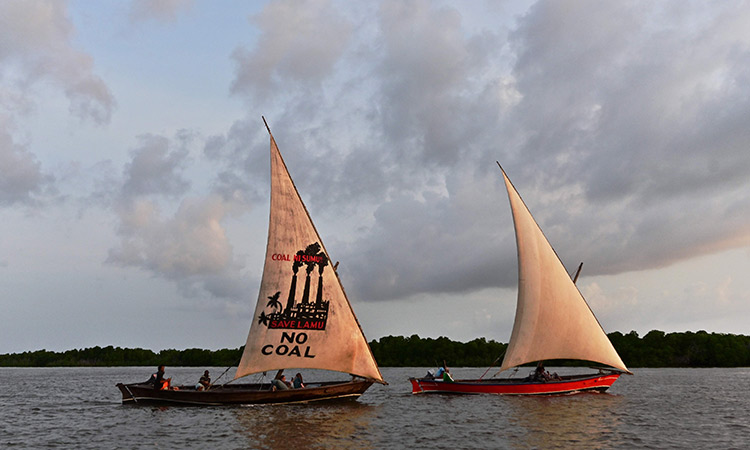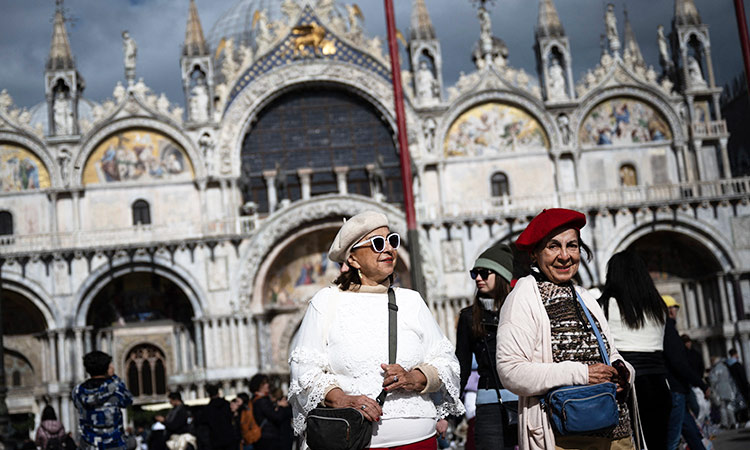Treading Maasai Mara's wild trails
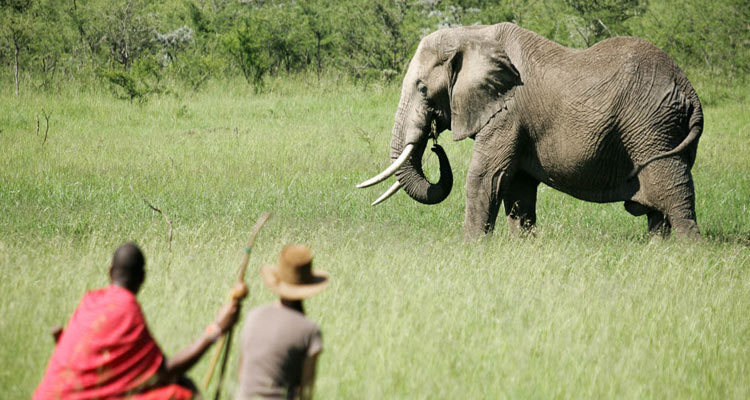
Get out on foot and you’ll feel like you’ve really gotten under the surface of the remarkable Maasai Mara landscape. TNS
Lizzie Pook
There is something uniquely terrifying about finding fresh lion tracks while walking in the bush. Everything gets very quiet.
Each rustle of foliage sends crackles of adrenalin darting throughout your body; each sound carried by the soft breeze makes sweat needle in your armpits, the crook of your elbows, the small of your back.
I’m on foot in the Maasai Mara, where I’m spending four days traversing four different conservancies using just my legs as part of Asilia’s new Adventures offering.
There are no vehicles. No luxury bush breakfasts. Instead, I’ve been walking for up to seven hours a day in the oven-like African heat, camping alongside riverbeds, in dense tangled forest and, at one point, in marshy swampland filled with boisterously loud toads.
My guide is Roelof Schutte — an Afrikaner with icy, wolf-like eyes and the ability to make aardvark dung just as exciting as a coalition of hungry cheetah on the prowl — and we’re joined by Rakita Shololo, an elderly Maasai (he estimates he’s somewhere in his mid-to-late-seventies) with a face gullied by deep wrinkles and a gentle, calming demeanour.
Rakita’s from the hunter-gather Dorobo tribe, who are best known for strolling up to huge prides of lions and stealing their kills from fresh under their noses (YouTube it. Seriously.)
The lion cocks her head; I notice teats swinging heavy and bloated below her body. It dawns on us: she’s got cubs. And as we all know, nothing’s fiercer than a mother protecting her children.
Lions have been something of a theme for our trek, which has taken us straight into the path of some of Africa’s most dangerous animals.
We’ve had huge prides surrounding our camp in the dead of night, roaring to one another as we set out each morning under the swell of bruise-coloured clouds.
I’ll be honest. I’d always thought of walking safaris as short pockets of terror that punctuate the more relaxing game drives offered by most camps. But spending so much time out in this incredible landscape is beginning to rewire my thinking.
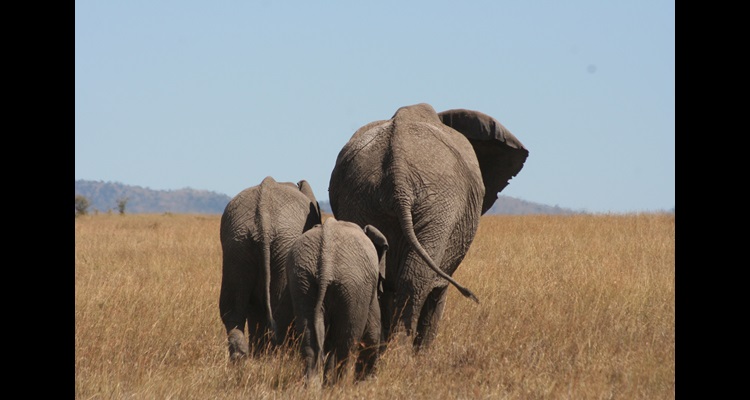
The subspecies of the endangered African elephant, the savanna elephant, roams Kenya's Maasai Mara. Mary Ann Anderson/TNS
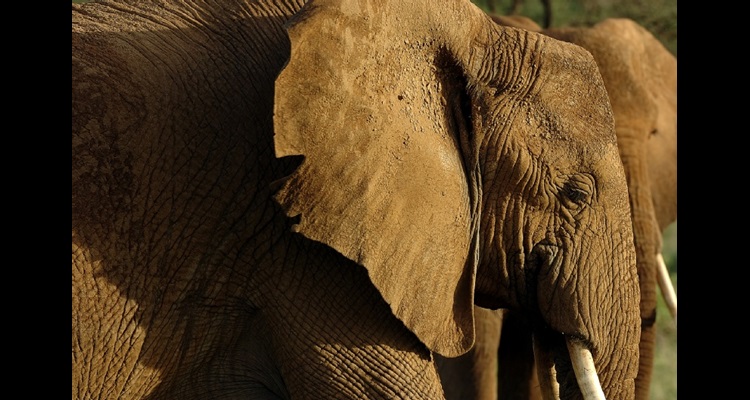
An African elephant roams through the reserve. TNS
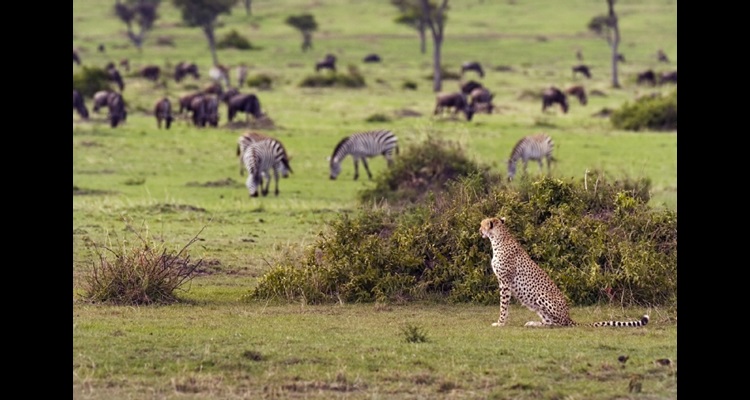
Most tourists visit Maasai Mara for the safari. Ken Carl/TNS
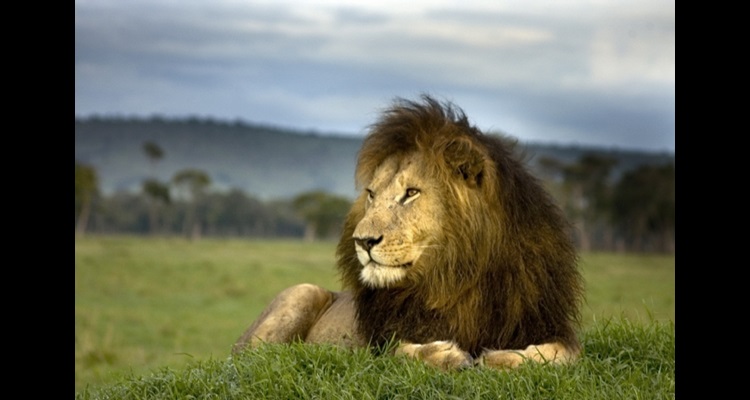
A trip to the Mara Predator Conservation Programme HQ shows us how each individual lion in the Mara is ID’d by its whisker spots. Erico Hiller/TNS
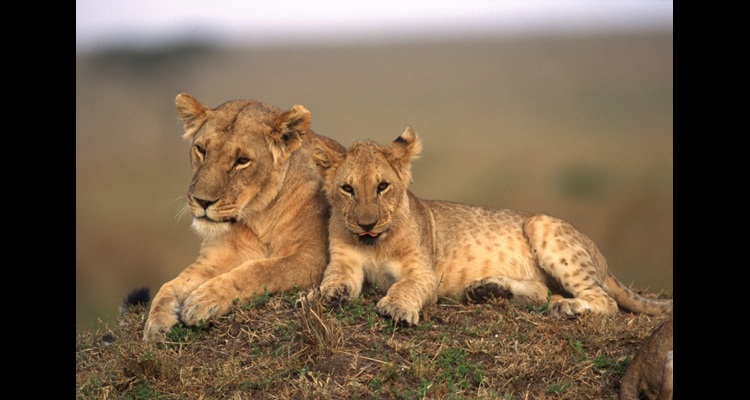
A mother lion and cub are seen lounging on a safari. TNS
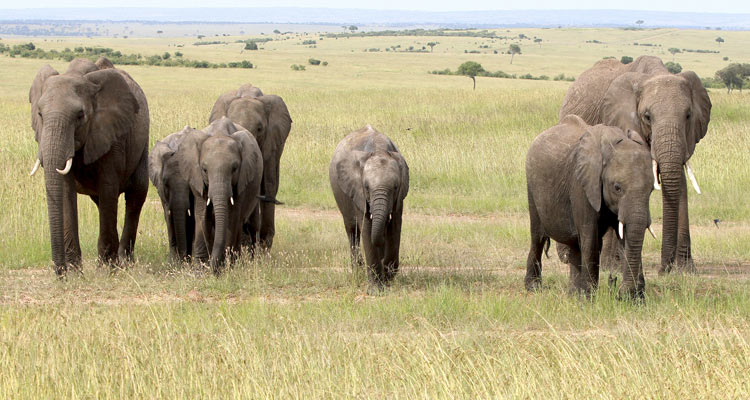
A family of elephants moves across the grasslands of the Maasai Mara National Reserve. Sam Cook/TNS
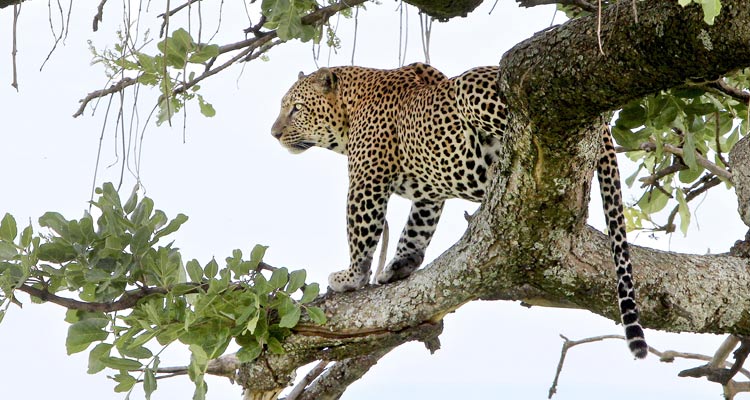
From its vantage point high in a sausage tree, an adult leopard scans a valley in the Maasai Mara National Reserve. Sam Cook/TNS
But this safari is not all about the big creatures. As we walk, Roelof points out “mouse highways” and piles of elephant dung that have been pillaged by hungry baboons and frenzied mongooses.
While resting our blistered feet, we gaze down upon termite mounds being raided by armies of solider ants — tiny cities under siege. Rakita plucks sour plums from the bushes, presenting them to us like jewels, and we spend quiet moments pondering tiny terrapins floating in just-filled puddles. If this isn’t mindfulness, I don’t know what is.
Each day as I pause to catch my breath (which is often), I let the sounds of the bush wash over me: spider-hunting wasps that sound like heavy duty cargo helicopters as they pass; noisy “thick-knee” birds whose chirps sound like the wheeze of a rundown car battery.
At night, the rains that fall from raven-black clouds pummel my tent like a thousand tiny fists. Thunder rolls around the valley like steel drums, and sheets of lightening illuminate the vast, eerie landscape.
But the most invigorating aspects of my walk are not the knee-deep river crossings or the close calls with big cats. Instead, it’s the visits we make to some of the conservation projects working in and around the Mara.
When we drop into the Mara Elephant Project, muddied and sweat-soaked, we learn about new tracking technologies being implemented to prevent human/wildlife conflict.
We’re shown rusty piles of snares and spears used to persecute these animals, and try to lift huge elephant-tracking collars above our heads.
A trip to the Mara Predator Conservation Programme HQ shows us how each individual lion in the Mara is ID’d by its whisker spots, and how gaining the trust of the surrounding communities is crucial in conserving this fragile land and the animals that thrive here.
Because we are, of course, on someone else’s land. Many of the conservancies that orbit the world-famous Maasai Mara National Reserve — such as the Naboisho, Mara North, Lemek and Ol Chorro conservancies I’ve trekked through — work in tandem with the local people.
In many of these conservancies, tourism companies rent the land off these rightful owners, meaning they can still keep cattle, they don’t lose access to their own property and they are given a monthly income. It’s a conservation model that’s flourishing, and one we bear in mind constantly while out on foot. “When we walk, we don’t leave tyre tracks, we don’t burn diesel, we don’t make noise,” says Roelof.
He’s right. I don’t think I’ve ever felt more immersed in a single environment on any of my travels. And knowing we’re protecting it by covering it on foot is even more rewarding.
I’m left feeling sunburnt, soggy and, as hackneyed as it sounds, humbled by the trip I’ve just taken.
When it comes to safaris, it really doesn’t matter whether you’ve got a fancy lodge with a private plunge pool. Who cares about Wi-Fi on tap and state-of-the-art Land Rovers? Get out on foot and you’ll feel like you’ve really got under the surface of this remarkable landscape.
The Independent
